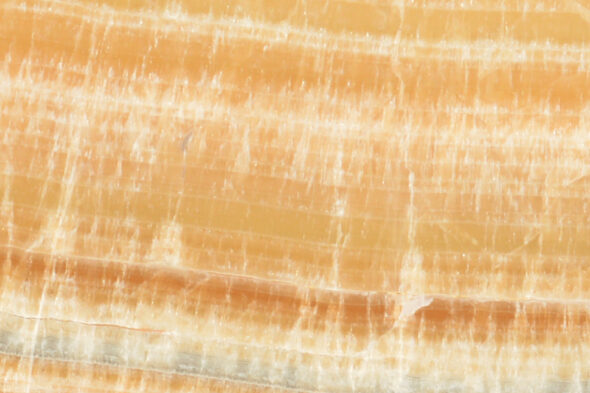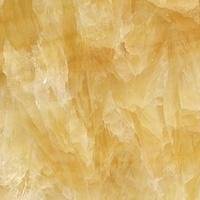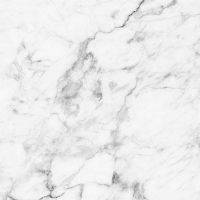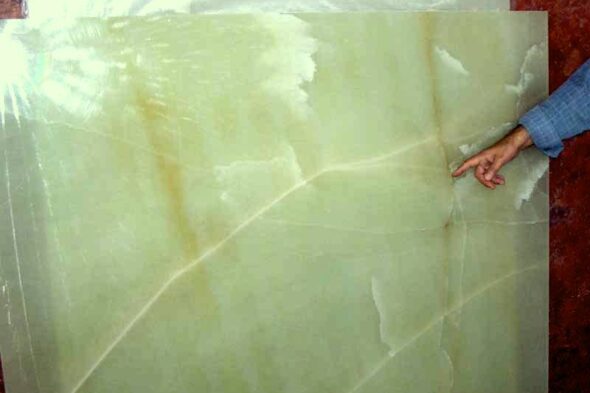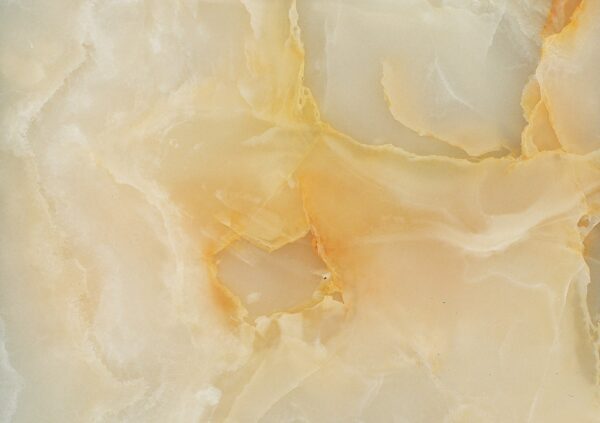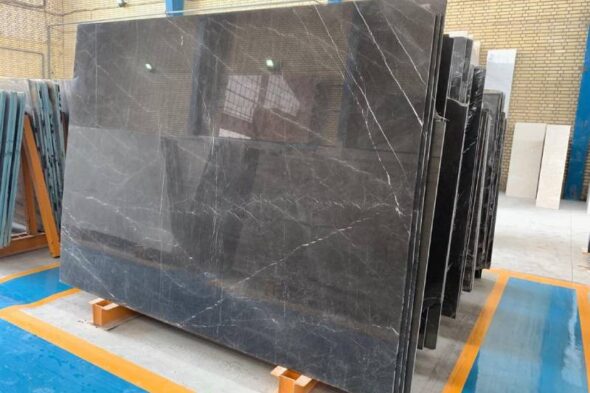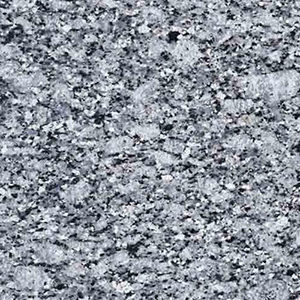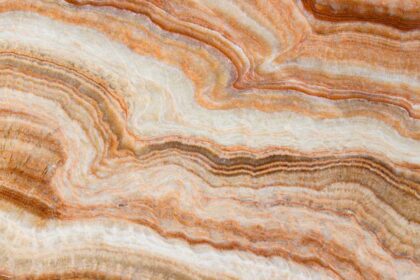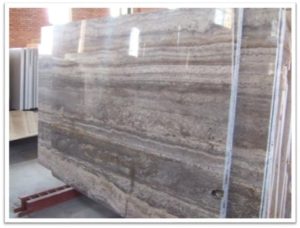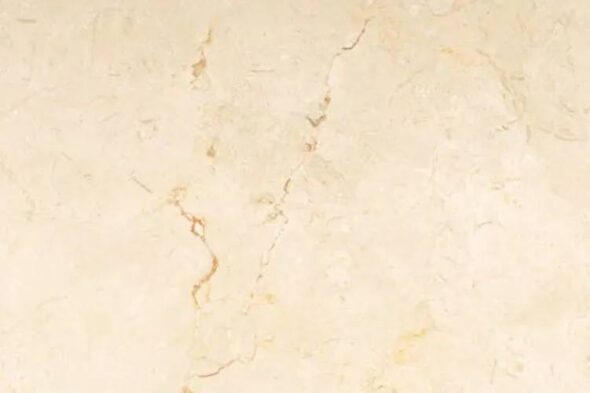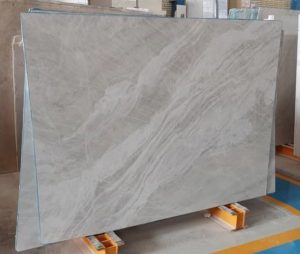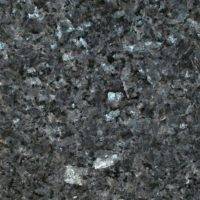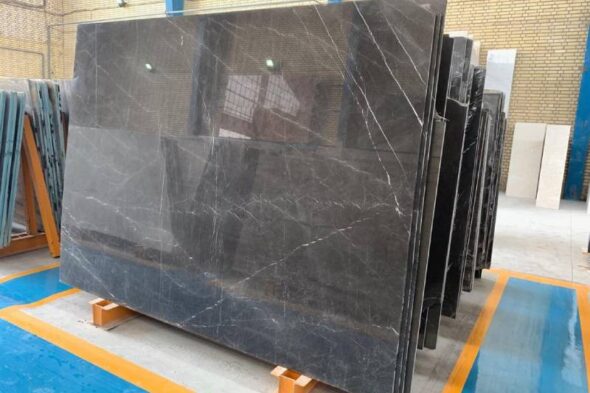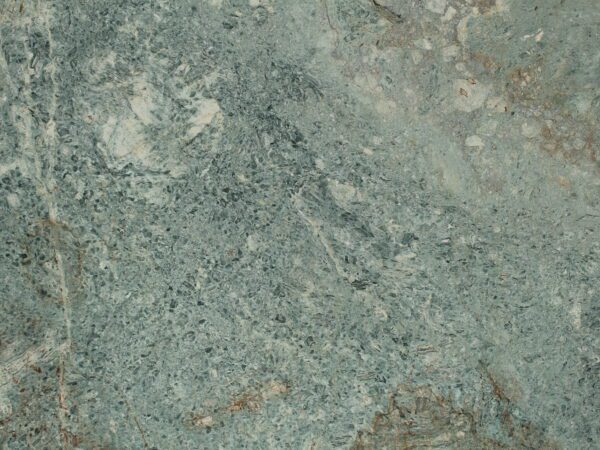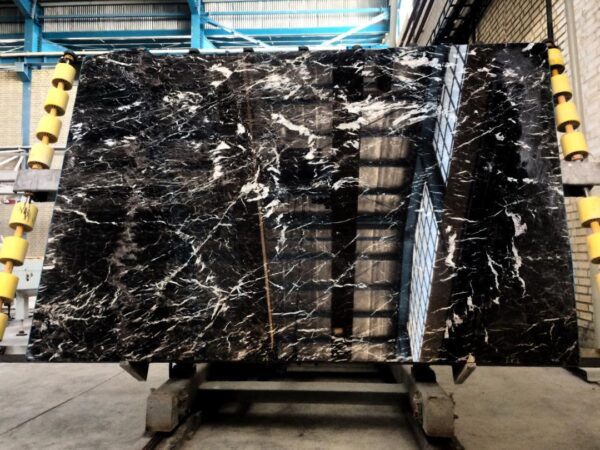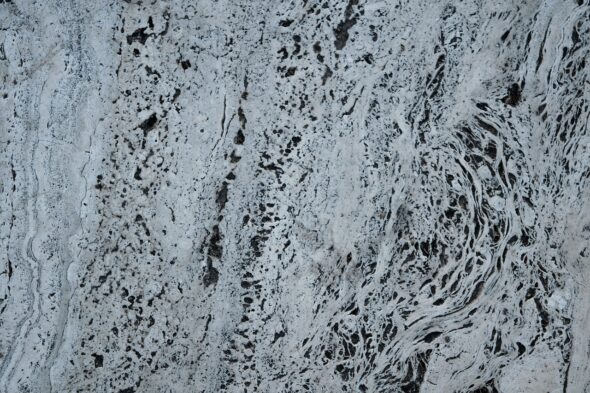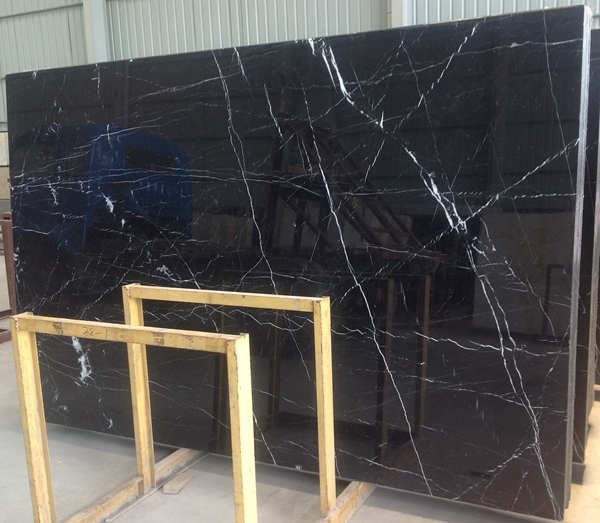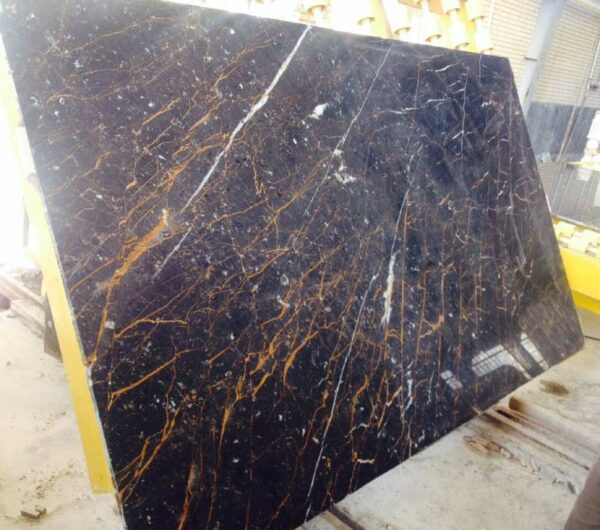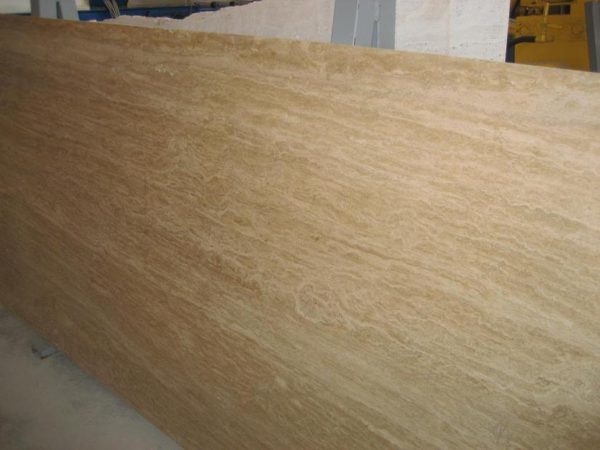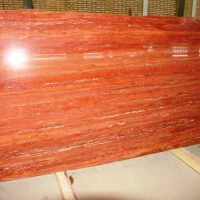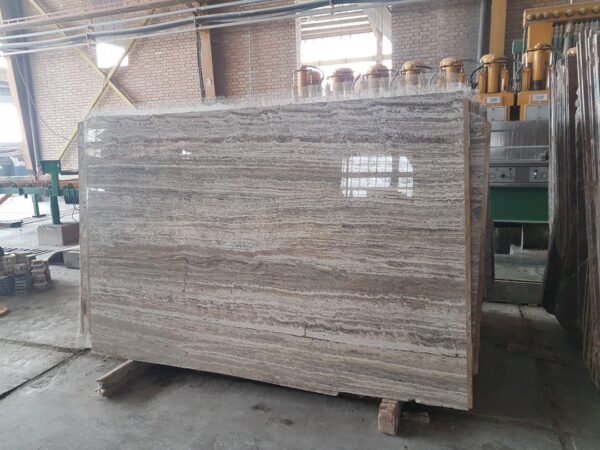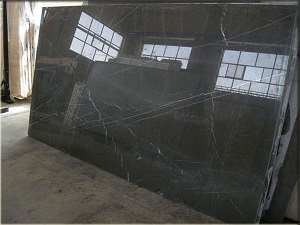How to Find the Lowest Stone Price for Your Project
Finding the best price for stone materials is crucial for staying within budget on your next construction, landscaping, or renovation project. Whether you’re buying in bulk for a large-scale development or just a few stones for a garden makeover, it’s important to know how to find the lowest prices without sacrificing quality. Here’s a guide to help you save money while getting the best stone materials.
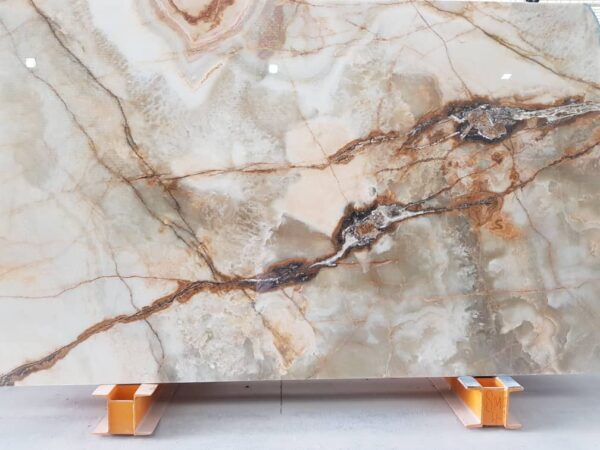

Why Finding the Lowest Stone Price Matters
When working on a construction or landscaping project, materials like stone can be one of your biggest expenses. Stone is used in everything from patios and driveways to building foundations and retaining walls. To keep your costs down while still ensuring durability and aesthetics, it’s essential to shop around and compare prices from various suppliers.
Factors That Affect Stone Prices
Before you start searching for deals, it’s important to understand the key factors that influence stone prices:
- Stone Type – Different types of stone (granite, limestone, marble, etc.) come at different price points. Research the most cost-effective option for your project.
- Size and Quantity – Bulk orders may receive discounts, but smaller orders may have higher per-unit prices.
- Location – Local suppliers often offer better pricing, especially if you can pick up the stone yourself, avoiding delivery charges.
- Quality – Sometimes, the lowest price can come with compromised quality. Balance cost with long-term durability.
Where to Look for the Best Stone Deals
Finding the lowest price is easier when you know where to look. Here are a few great places to start your search:
1. Local Stone Suppliers and Quarries
Check out nearby stone suppliers or quarries, as they often offer competitive prices, especially if you’re purchasing in bulk. By buying directly from the source, you can often avoid the markup that resellers charge.
2. Online Marketplaces and Bulk Retailers
Websites like Home Depot, Lowe’s, or even specialized stone retailers often have sales or bulk pricing options. While they may charge for delivery, the convenience of ordering online can outweigh the extra cost.
3. Salvage Yards and Secondhand Markets
If you’re open to using reclaimed materials, salvage yards, and secondhand markets can offer substantial savings. Many of these places offer stone that’s still in good condition but priced much lower than new materials.
How to Ensure You’re Getting the Best Deal
Once you have a list of potential suppliers, here are some tips to ensure you’re getting the lowest price on your stone:
- Request Multiple Quotes – Don’t settle for the first price you find. Get quotes from several suppliers to compare costs and services.
- Negotiate for Discounts – If you’re purchasing in large quantities, don’t hesitate to ask for discounts or free delivery to lower your overall cost.
- Look for Promotions – Seasonal sales, special promotions, or loyalty programs from suppliers can offer significant savings on stone purchases.

